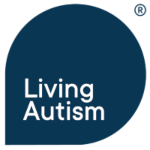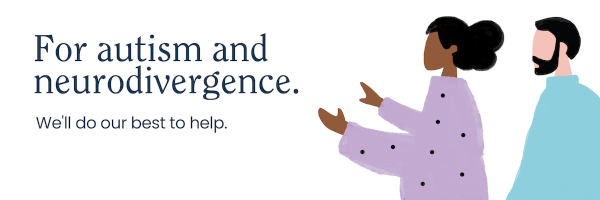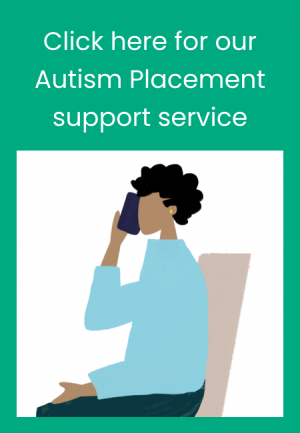Tom Welsh offers an autistic perspective of workplace challenges.

Current literature
Books on autism tend to fall into two categories: the clinician’s view and individual life stories. Both mostly address children and early adulthood. The picture of adult experiences depends on who comes forward, whether people needing support, or personal accounts of those managing better. Adults not in the adult care system acquire degrees of self-sufficiency. This places them out of range of surveys or measurement.
A good illustration of adults with autism is the work setting. Most of the literature is about finding and obtaining a job. The tricky bit lies with progressing in a job and job retention. The person on the autistic spectrum is often learning alone how to cope. As a rough guide there are four main aspects of a job where autism matters: self-management, the sensory experience, skills profile and workplace socialisation.
Self-management
Some people are happy with a set routine, others need prompts to get through the day. The problem with most jobs is that they involve dealing with different people, situations, expected outcomes, deadlines, and all this in conjunction with others. Routine may be impossible.
It is often said that autistic people are good at timekeeping, are honest and reliable and pay close attention to detail. Is this true in practice? Having a personal organiser, or a support device like Brain-in-Hand might get round any shortfalls. But has there been sufficient research on how well people on the autistic spectrum cope with self-management over days, weeks or years in a job? Also, people may find a job that works well for them, until there are changes that make life very much harder. Change often dismantles coping strategies.
The Sensory Experience
Reactions to sensations are likely to affect any autistic person in the workplace: sights, sounds and smells, and the complexities that result. Imagine the situation of someone working with the general public who might show a less discrete reaction to strong scent that could be taken the wrong way. And many workplaces have background noise, sometimes very invasive, that could make life difficult.
The problem with workplaces is that it is seldom possible to move away from uncomfortable sensory experiences. There are some options such as noise-cancelling headphones for sounds, and tinted glasses to reduce the effect of disturbing lights. Some work environments require a uniform or protective clothing that could be unusually uncomfortable, both to wear and touch.
Skills Profile
There are two main issues here: special interests and skill gaps. Special interests affect what people feel safe or happy doing, and sometimes there are gaps in a person’s skills profile. Take for example the claim that people with autism have an aptitude for figures or computing, based on interest in numerical patterns or computer games. But they may not be good generalists in either, and usually employers need versatility and adaptability. There are some aspects of these that autistic people might find very difficult. One way around this is to work with a mentor who can provide support where such gaps occur, so that individuals are able to thrive where they excel.
Special interests provide a comfortable and safe zone, but individuals may be reluctant to explore less interesting or uncomfortable activities. They need to be willing to do things that are related to their skills but less attractive. For some individuals this is difficult. What they need is to be supported to expand their comfort zones and find new possibilities in their interests.
Workplace socialisation
Workplaces are social environments. Team participants need to interact well. The manager or employer defines the rules and employees are expected to get behind his/her objectives. Sometimes relations between employees and management are strained. Individual employees have to demonstrate their allegiances and loyalties. They do this through social interchange, where gatherings at different levels help individuals to determine how to fit in.
People on the autistic spectrum have difficulty engaging in these workplace social circles. They are unlikely to share the same social interests in the same way. Poor eye contact and difficulty picking up on non-verbal clues, make it hard to read situations and allegiances. Because colleagues may not understand this, they may be hostile to people with autism because they don’t so easily share the general understanding and they may even exclude them.
Going forward
So how do you advise people on the autistic spectrum how to get through all these hazards? What you need is professional knowledge of the structure of workplaces in order to give autism specific advice, and people with lived experience of autism in the workplace to provide a resource of understanding. But there does not seem to be much of either. Somehow people with such knowledge are not coming forward or not being heard. Sometimes it is argued that success in the workplace suggests their autism is not as disabling as they supposed.
Most professionals have experience of work environments, as do many parents. So, they should be able to write about the challenges at work for people on the autistic spectrum. Yet it remains one of the least understood aspects of autism.
________________________________________________________
If you need help looking for services for an individual with an autism spectrum condition, we will do our best to help. Click below for the Autism Placement Support Service.



